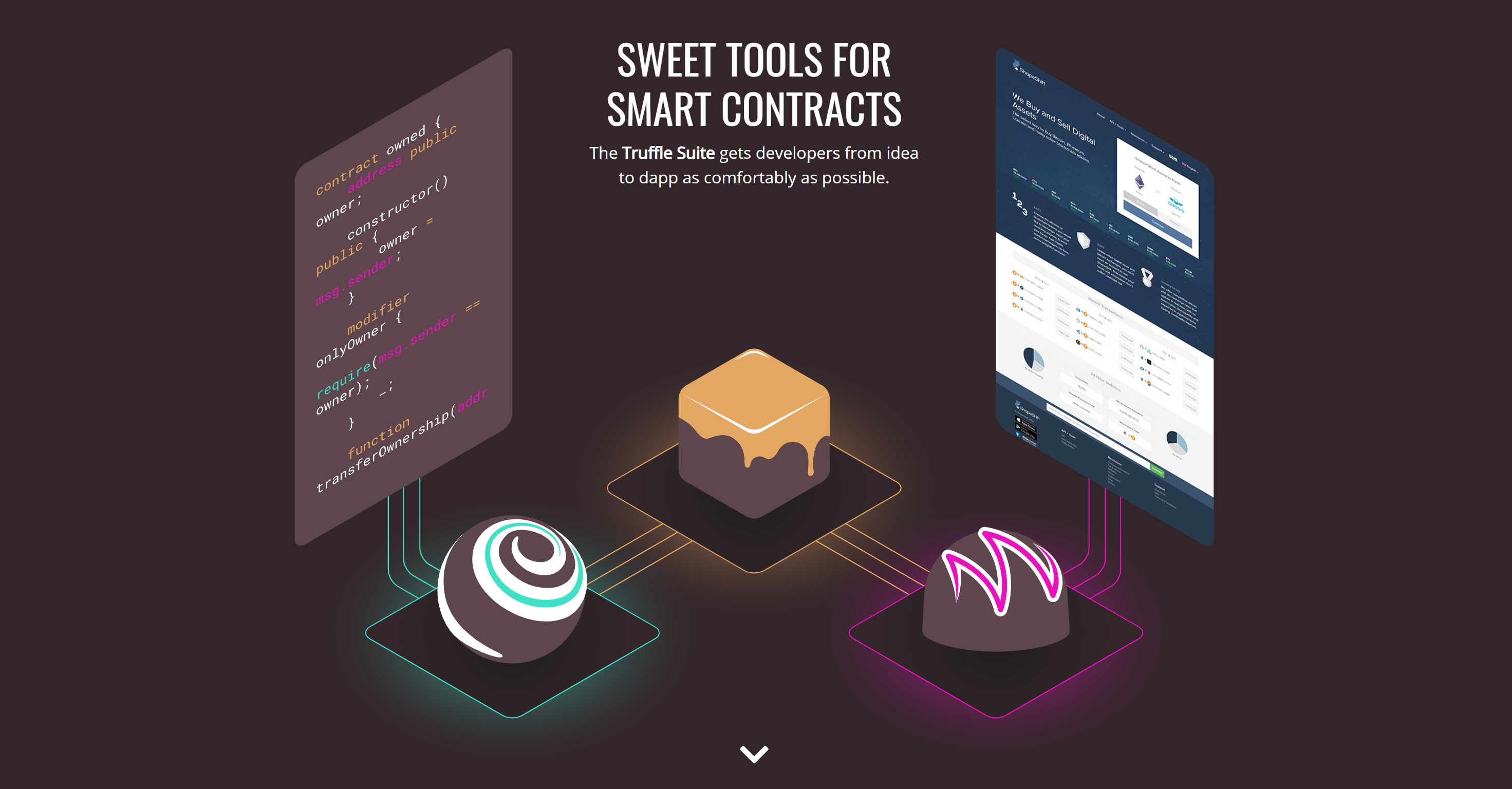Truffle Secrets Revealed: Boost Your Ethereum Development Game!
 Harshita Badwal
Harshita Badwal
What is Truffle?
Truffle is a toolkit for creating things on the Ethereum network. It includes tools for creating, testing, and deploying smart contracts, which are self-executing agreements that operate on the Ethereum network.
Imagine you're building a house. Truffle would be similar to having a collection of specialized tools developed, particularly for building buildings. It allows you to measure, cut, and assemble materials more efficiently, saving time and effort. Similarly, Truffle makes it easier and more efficient for developers to create Ethereum smart contracts.
Why use Truffle?
Developers use Truffle because it makes it easier and faster to create apps that use Ethereum's blockchain technology. Truffle provides tools for creating, testing, and deploying smart contracts, which are self-executing agreements that operate on the Ethereum network. It also helps with the process of connecting to various Ethereum networks and allows for interaction with deployed contracts for testing and debugging. Overall, Truffle facilitates and simplifies the development process for Ethereum developers.
Truffle Compilation:
Truffle compilation is the process of translating Solidity smart contracts into bytecode, or machine-readable code, that may be uploaded to the Ethereum network.When you execute the 'truffle compile' command, Truffle reads your Solidity contracts from the 'contracts' directory, compiles them using the Solidity compiler ('solc'), and outputs JSON outputs to the 'build/contracts' directory. These outputs provide information about the compiled contracts, such as their ABI and bytecode.
The bytecode is what is released to the Ethereum blockchain, while the ABI is used to communicate with the deployed contract via your frontend application or other contracts.Compiling your contracts is a critical step in the development process since it ensures that they are precisely transformed into bytecode and ready for distribution on the Ethereum network.
What is Ganache?
Ganache is a personal blockchain for Ethereum development that allows you to test smart contracts and dApps (decentralised apps) in a secure and regulated environment. It creates a fully working Ethereum blockchain that runs locally on your PC, allowing you to deploy contracts, perform tests, and monitor state changes without interacting with the real Ethereum network.
Ganache is a user-friendly interface that displays your accounts, balances, transactions, and other blockchain information. It also includes tools for debugging and testing your smart contracts, making it a crucial tool for Ethereum developers.
Blockchain Deployment:
In simple words, blockchain deployment is like setting up a digital ledger system that stores information securely and transparently. Here's how it works:
1. Choose a Platform: Select a platform where your blockchain will run, like Ethereum or Hyperledger.
2. Set Up the Network:Create the network by connecting computers (nodes) that will store the blockchain data.
3. Define the Rules: Decide how the network will operate, including how new data is added (consensus), who can participate, and how data is secured.
4.Deploy Smart Contracts: If needed, deploy smart contracts, which are self-executing contracts with predefined rules.
5. Test and Launch:Test the network to make sure it works as expected, then launch it for users to start using.
6. Monitor and Maintain:Keep an eye on the network to ensure it runs smoothly, and make updates or changes as needed.
Blockchain deployment is about creating a secure and reliable digital system for storing and managing data, with rules that everyone can trust.
Ganache vs. Testnet:
Sure, here's a comparison of Ganache and testnets in a simple tabular form:
| Feature | Ganache | Testnets |
| Purpose | Local blockchain for development and testing | Public Ethereum networks for testing and experimentation |
| Environment | It runs locally on your machine | Hosted on public networks, simulating the Ethereum mainnet |
| Accounts | Pre-funded with test Ether for testing | Users can create their own accounts |
| Transactions | Transactions do not affect the real Ethereum network | Transactions are similar to the mainnet but use test Ether |
| Cost | There is no cost associated with transactions | There is no real-world value for test Ether |
| Use Cases | Fast and easy testing and debugging of smart contracts | Testing functionality, security, and scalability of projects |
| Interactions | Suitable for local development and testing purposes | Used by developers to test projects before deploying to mainnet |
In simple words:
Ganache: It's like a pretend blockchain on your computer that you use to test your projects without spending any real money.
Testnets: These are like practice versions of the real Ethereum blockchain where you can try out your projects before you make them live.
Alchemy:
Alchemy is like a magical toolset for Ethereum developers. It offers tools and services that make it easy to develop apps on the Ethereum network.For example, suppose you are developing a decentralised finance (DeFi) programme that allows users to lend and borrow bitcoin. Alchemy provides APIs for connecting your app to the Ethereum blockchain. This enables your app to communicate with smart contracts, send transactions, and get data from blockchains.
Alchemy also includes tools for monitoring and debugging your project, which makes it easier to identify and resolve issues. Overall, Alchemy simplifies the development process and makes it easier to create powerful blockchain apps.
MetaMask :works similarly to a digital wallet, allowing you to manage your Ethereum and other cryptocurrency tokens. It allows you to securely store, send out, and receive Bitcoin, as well as engage with websites and apps developed on the Ethereum blockchain. It is important because it makes it simple and secure to make use of decentralized apps and engage in the Ethereum ecosystem.
Subscribe to my newsletter
Read articles from Harshita Badwal directly inside your inbox. Subscribe to the newsletter, and don't miss out.
Written by

Harshita Badwal
Harshita Badwal
🔗☁️ Tech enthusiast exploring blockchain, cloud, and development through blogging ✍️.